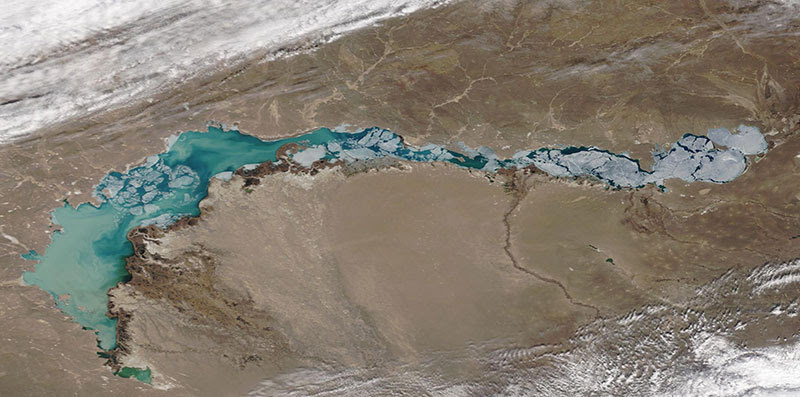According to a press release from Brigham-Young University in Provo, Utah, the future of the Great Salt Lake is more than uncertain. With a surface area of approximately 4,400 km2, but which can grow to 8,547 km2 depending on rainfall, it is the fourth-largest salt lake in the world behind the Caspian Sea, Lake Balkhach and Lake Eyre.
Like other salt lakes such as the Aral Sea, for example, which has seen its surface area fall from 66,458 km2 to 7,297 km2, the Great Salt Lake has lost 73% of its water and 60% of its area. Millions of liters of water continue to be diverted each year, increasing the salinity of the lake and killing a number of species that used to live there. In some areas of the lake, the water has turned pink, a phenomenon resulting from the mass mortality of photosynthetic microbes.
According to scientists, there are only a few years left to save the lake, and this rescue must begin as early as 2023. The university release states that the lake needs about one cubic kilometer of additional water per year to reverse the trend. Water consumption from the lake must be reduced by between one-third and one-half because if no action is taken the lake will eventually dry up.
The report states that the lake could release various toxic elements such as arsenic, mercury, lead, copper, organic contaminants and cyanotoxins into the air via dust particles, with significant health, environmental and economic effects.




Comment here